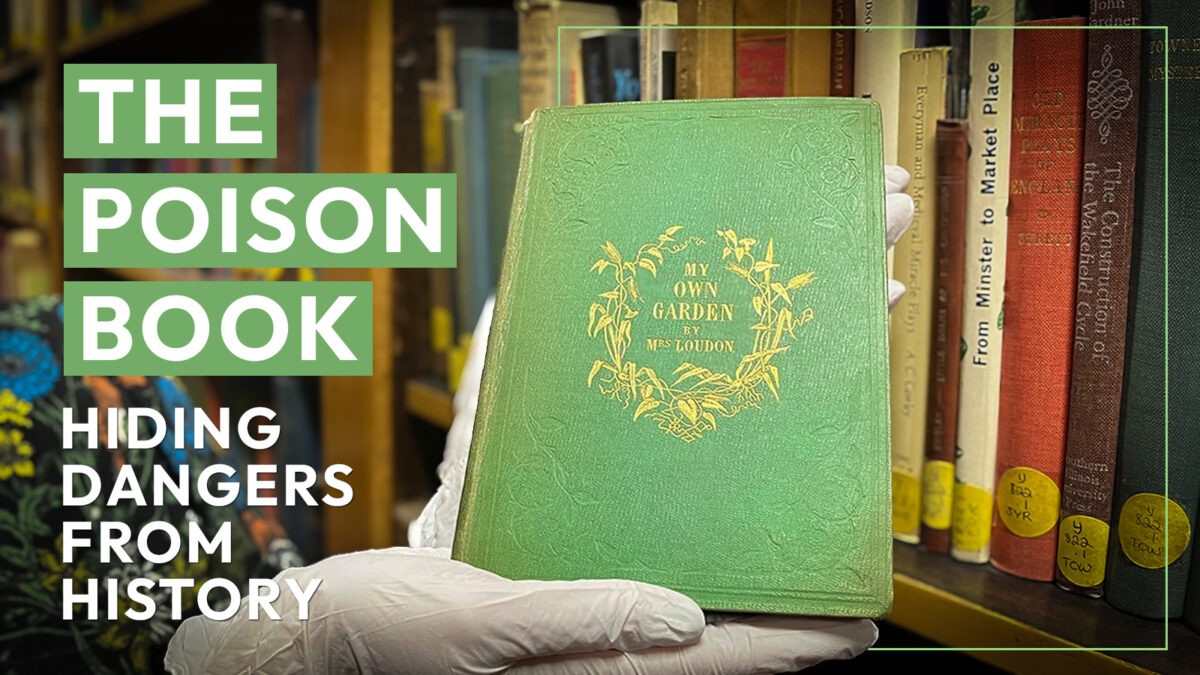Hiding Dangers from History: Poisonous Books
A fascinating display at the Research Studio of the Wardlaw Museum illuminates the hidden risks present in old book bindings. Poisonous colors are highlighted in particular in the showcase, with special attention paid to the infamous emerald green color that became fashionable in the 19th century and is rich in arsenic.
In addition to literature, emerald green was used in wallpaper, clothes, food packaging, and even cake decorations. Although many were enthralled by its vibrant hue, arsenic exposure had serious health risks, including the potential for skin ulcers, hair loss, and in severe situations, even death.
It is not enough to just look for these dangerous books. Libraries and Museums are working with the University of St Andrews’ Schools of Environmental and Earth Sciences and Physics and Astronomy to develop a portable spectroscopy-based tool to address this problem. This cutting-edge tool will make it simpler to find these dangerous messages by assisting in recognizing the unique “light fingerprint” of emerald green.
Videos describing the project, educational panels on the chemistry of pigments and optics, and entertaining activities like donning green glasses to uncover a hidden word are all available to guests during the show. While some of the books on exhibit have been verified to contain emerald green, others challenge visitors’ investigative abilities!
The University Collections’ emerald green volumes are protected in Ziplock bags and handled with nitrile gloves only as required to maintain safety when handling these poisonous objects. That copy is used when there is a safer substitute.
Intrigued? Visit the exhibit to learn more about the dangerous but intriguing relics of our past!


